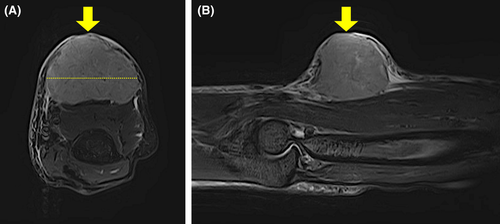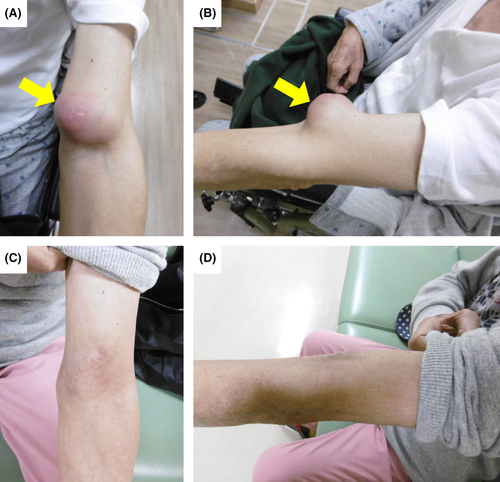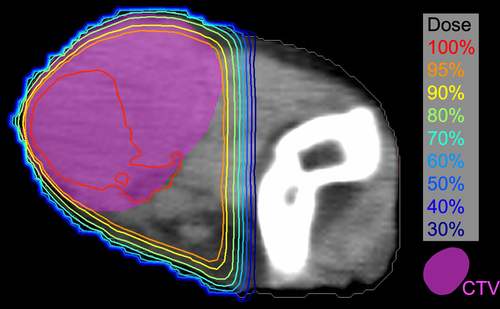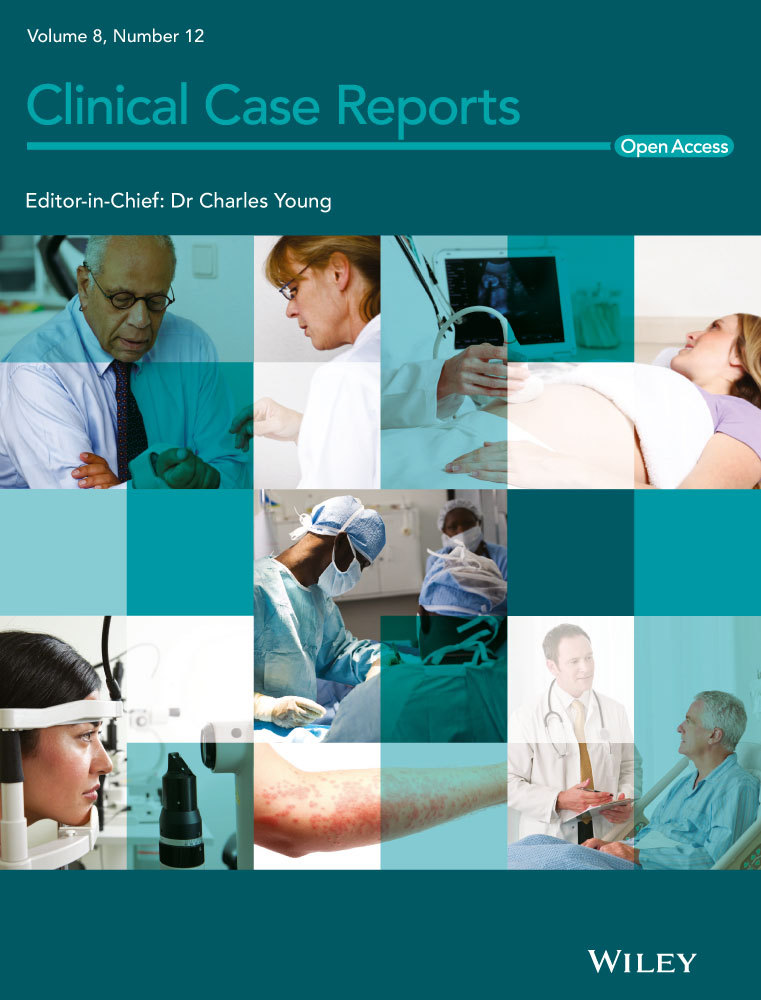Unresectable cutaneous metastatic tumor in the arm that underwent complete remission after radiotherapy
Abstract
Cutaneous metastasis of solid malignancies can cause severe disfigurement, which reduces quality of life (QOL). This case indicates potential utility of photon radiotherapy for this disease, leading to recovery of QOL.
Here, we report a case of cutaneous metastasis of nonsmall-cell lung cancer to the arm. The patient was distressed by disfigurement caused by the metastatic tumor. Photon radiotherapy led to complete tumor remission with no adverse effects, contributing to recovery of the patient's quality of life.
A 70-year-old male with nonsmall-cell lung cancer was referred to our radiation oncology unit for treatment of a cutaneous metastatic tumor in the left arm. The tumor had grown rapidly over the past 2 months; it was nonresponsive to platinum-based chemotherapy and was considered unresectable (Figure 1). The patient was distressed by the disfigurement (Figure 2A,B). We treated the tumor with photon radiotherapy (45 Gy in 15 fractions) (Figure 3), which led to complete remission with no adverse effects (Figure 2C,D). At 10 months postemergence of the cutaneous metastasis, the patient is enjoying life without symptoms, although progressive disease is present in other organs.



Cutaneous metastasis occurs in approximately 5% of patients with solid malignancies1 and is associated with a poor prognosis (ie, median survival, 7.5 months).2 Metastasis to the limbs is rare2; however, disfigurement caused by such tumors reduces quality of life (QOL).1 Optimal radiotherapy protocols for cutaneous metastases remain unclear due to lack of evidence; a meta-analysis contained only two prospective studies investigating this issue.1 The present case indicates the potential utility of radiotherapy for cutaneous metastatic tumors in the limbs, leading to recovery of QOL.
ACKNOWLEDGMENTS
The authors would like to thank Mr Nobuyuki Sawai, Mr Michiyuki Wada, Mr Naonori Haraguchi, Ms Takami Sugimoto, Ms Erina Ishikawa, and Ms Mariko Kaneko of Sano Kousei General Hospital for clinical assistance. This work was supported by Gunma University Heavy Ion Medical Center. Consent statement: Published with written consent of the patient.
CONFLICT OF INTEREST
None declared.
AUTHOR CONTRIBUTIONS
TO: treated the patient and wrote the manuscript; AA: performed patient follow-up, obtained informed consent, and wrote the manuscript; KS: treated the patient; TO: treated the patient and finalized the manuscript.
Open Research
DATA AVAILABILITY STATEMENT
Raw clinical data presented in this study are not open to public based on consent from the patient.




